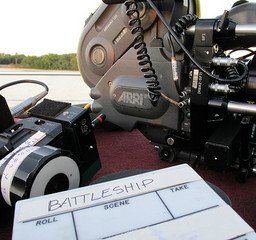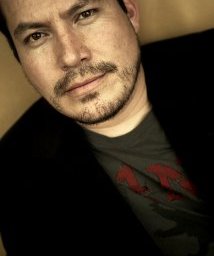Even if you’re experienced in writing, writing a screenplay is like entering a whole other world. Because most full-length screenplays are written so that they can be adapted into a two-hour movie, they tend to be around 110 pages long. As a result of this standard length, there is a pretty well-defined general structure for writing screenplays. While you don’t need to follow this structure exactly to write a great screenplay, it’s always helpful to know the basics before trying something more complicated. So here are some helpful tips for understanding screenplay structure:
A typical screenplay is divided into three acts. Act I is where you set up the story, introduce the main characters, and lay out the screenplay’s setting. It’s important to write Act I in a way that you can hook your reader right from the start. Script readers are busy people, and they aren’t going to wait a hundred pages for your script to get interesting. If you can’t grab their attention by about ten pages in, they’ll probably be inclined to pass.
Act II is where you deal with the conflict in your screenplay. This is the longest of the acts by far, and is the main thrust of the movie’s story. It’s where you show your main characters struggling to overcome obstacles and working to achieve their goals. You’re building up to the story’s climax.
In Act III, is the screenplay’s ending, it’s resolution. Your ending doesn’t need to be perfect or happy or tie all the loose ends in the movie up in one neat bow, but it should be a satisfying resolution. The ending is going to be the thing that sticks out the most in your audience’s memory. An audience member’s experience of a mostly great movie can be completely soured by a lackluster ending. Likewise, a mostly poor movie can be somewhat salvaged with a spectacular ending.
So those are the three acts. But how do you move naturally from one act to the next? You do this through plot points. Plot points are things that change the direction a story is going in, that take a screenplay’s narrative and tweak it. It can be the main character seeing someone and falling in love at first sight, or the hero being given his epic quest, or a deranged criminal breaking out of prison. A plot point doesn’t have to be a big, huge moment in the script; it’s just a moment where something in the story changes and allows you to go from set-up to conflict or from conflict to resolution.
That’s the basic structure of a screenplay. Again, you don’t need to adhere rigidly to this structure to write a successful screenplay. The most important thing when writing a screenplay is telling your story in an interesting and compelling way. But knowing this structure can still be very helpful for planning out your story and figuring out how to tell it in the most effective way possible.











